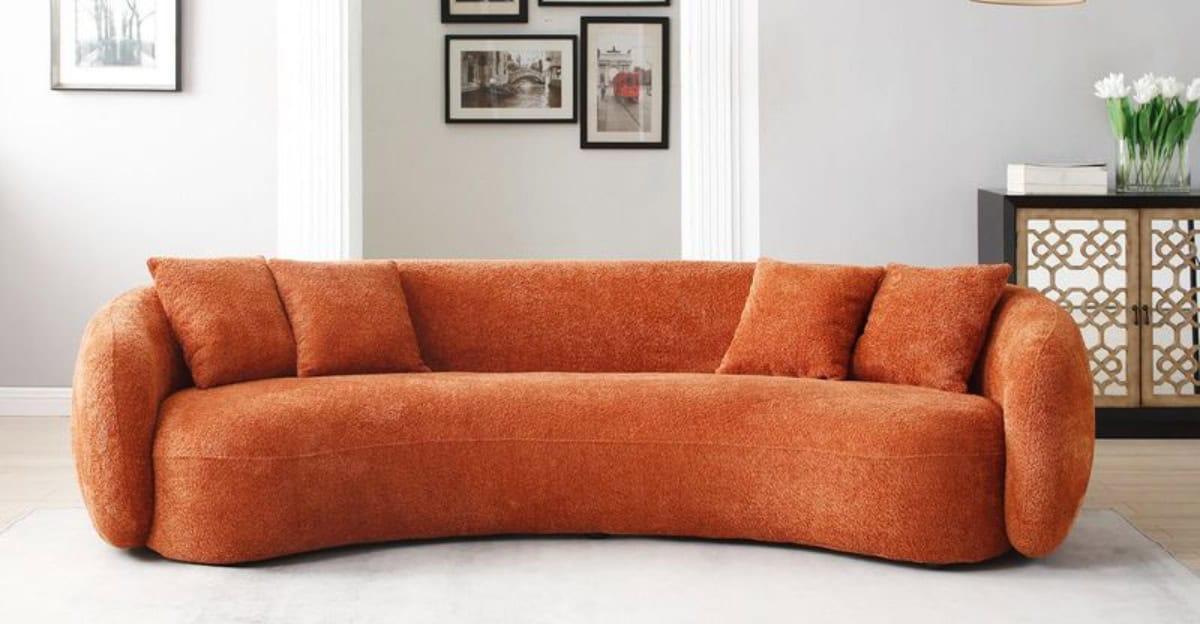Choosing the right couch color can transform your living space and reflect your personal style. Designers often emphasize the importance of color in creating a harmonious and inviting environment. This guide explores thirty ways to select the perfect couch hue, offering insights and practical advice from professional designers. Each method is aimed at helping you find a color that not only complements your existing decor but also meets your aesthetic preferences.
1. Consider Your Wall Color
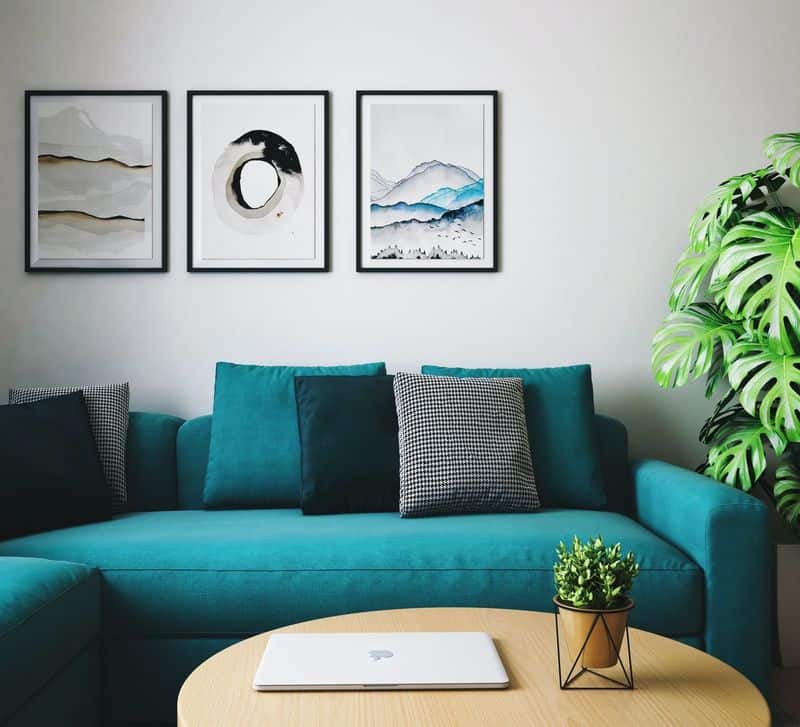
When selecting couch colors, start by observing the shade of your walls. A couch should complement or contrast effectively with the wall paint to maintain balance. For instance, if your walls are painted in warm tones like beige, a cool-toned couch in shades of blue or gray can create an appealing contrast. Alternatively, matching tones can produce a soothing, cohesive look. Designers often suggest using color wheels to understand complementary colors better. This method ensures your room feels unified and aesthetically pleasing, creating a comfortable and stylish atmosphere.
2. Assess Room Lighting
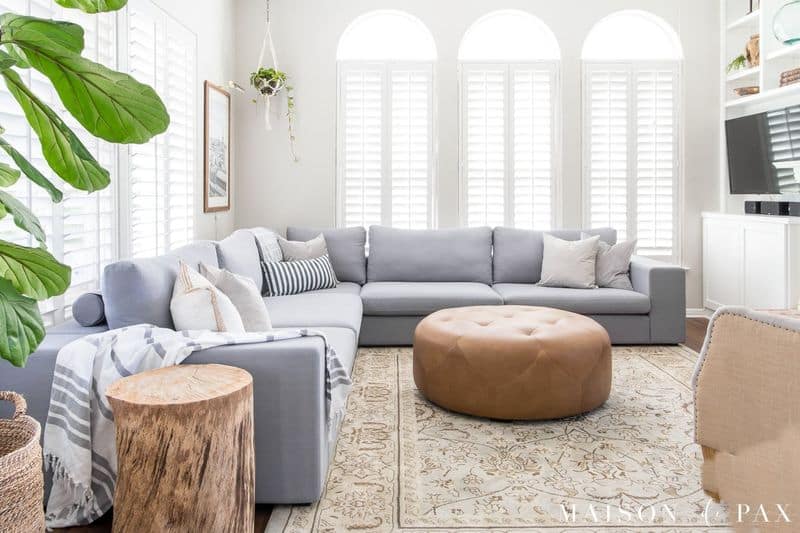
The amount of natural light in a room significantly impacts how colors appear. Natural sunlight can alter the perception of color, making it appear brighter or duller. In well-lit rooms, bold colors can be used without overwhelming the space. Conversely, darker rooms might benefit from lighter colored couches to brighten the environment. Designers recommend testing fabric samples at different times of the day to see how lighting affects them. This consideration ensures that the couch color you choose remains consistent throughout the day, adding to the room’s charm.
3. Match with Existing Furniture
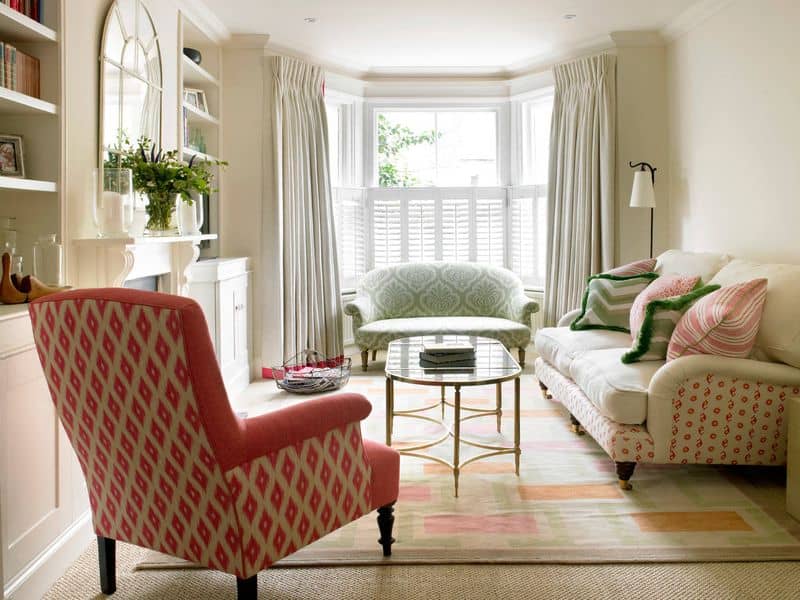
Cohesion among furniture pieces is crucial for a harmonious living space. When choosing a couch color, consider the shades of your existing furniture. A coordinated palette creates an elegant and polished look. If your furniture has varied patterns or colors, opt for a neutral couch that ties the elements together. Conversely, if other pieces are neutral, a vibrantly colored couch can serve as a focal point. This balance, as designers suggest, is key to achieving a unified and stylish interior without clashing elements.
4. Reflect on Your Personal Style
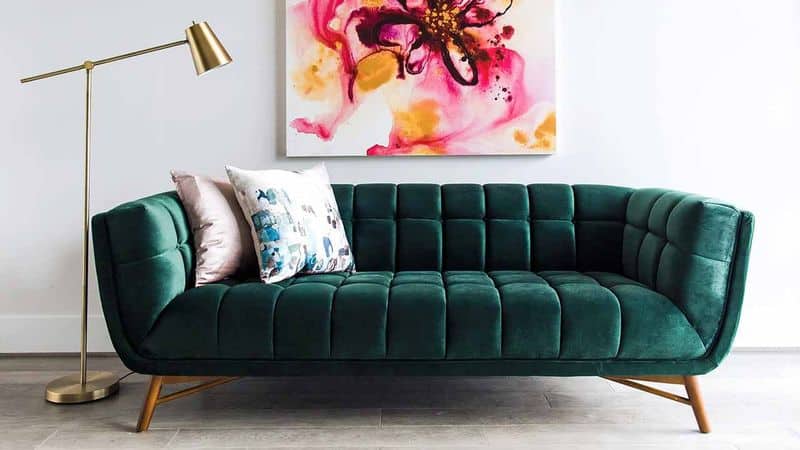
Your couch should be a reflection of your personal style and taste. Whether you lean towards classic, modern, or eclectic styles, your couch color can express your individuality. A traditional setting may benefit from rich, deep colors, while contemporary spaces often feature minimalist tones like whites or grays. Designers encourage choosing a color that resonates with your personality and lifestyle, ensuring the couch becomes a beloved part of your home. This approach not only enhances comfort but also personal satisfaction with your living environment.
5. Think About Fabric Durability

The fabric of your couch plays a significant role in color choice. Durable materials like leather or tightly woven fabrics not only influence the longevity but also the appearance of color over time. Light colors may show wear and stains more quickly, while darker shades tend to hide imperfections. Designers advise considering your household’s lifestyle; homes with pets or children might benefit from robust, darker-colored fabrics. Choosing durable materials ensures your couch remains attractive and functional, offering both style and practicality.
6. Consider Seasonal Changes
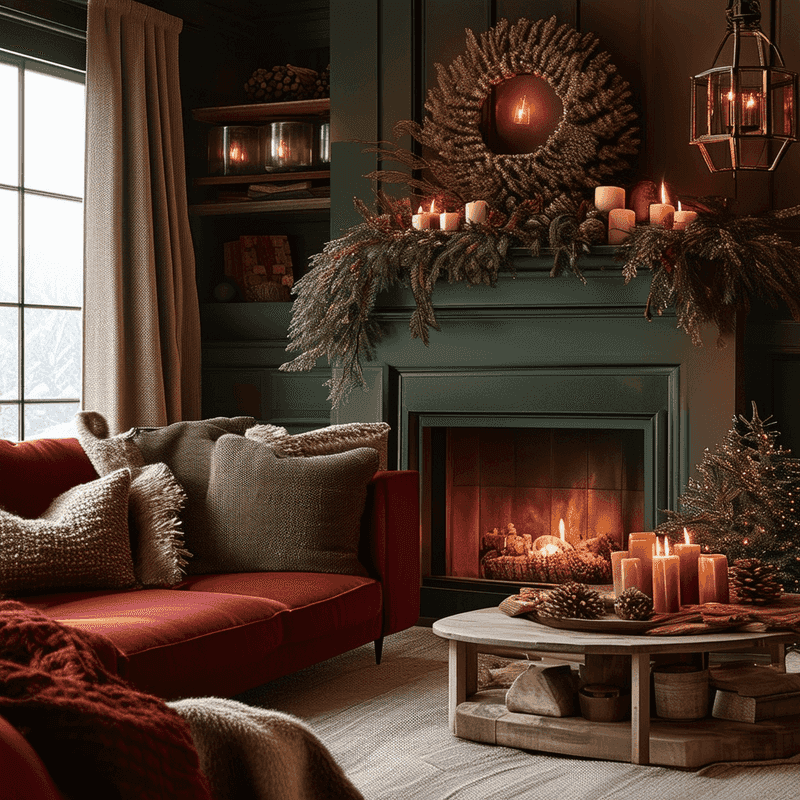
Seasonal variations can affect your home’s ambiance and color scheme. A couch color that feels cozy in winter might seem out of place during the summer. Designers often recommend selecting colors that adapt well to seasonal decor changes. Neutral tones provide a versatile foundation that can be accented with colorful throw pillows and blankets tailored to the season. This adaptability ensures your living room remains inviting and stylish throughout the year, accommodating various decorative elements effortlessly.
7. Evaluate Your Lifestyle Needs

Your lifestyle significantly influences the ideal couch color. Active households with pets or young children might prioritize darker colors that conceal stains and wear. Alternatively, a tranquil setting may allow for lighter shades. Designers emphasize the importance of practicality without sacrificing style. A couch should serve as a comfortable and durable hub of activity, reflecting both aesthetic preferences and functional needs. This consideration ensures your couch supports your family dynamics while maintaining its visual appeal.
8. Incorporate Trendy Accents
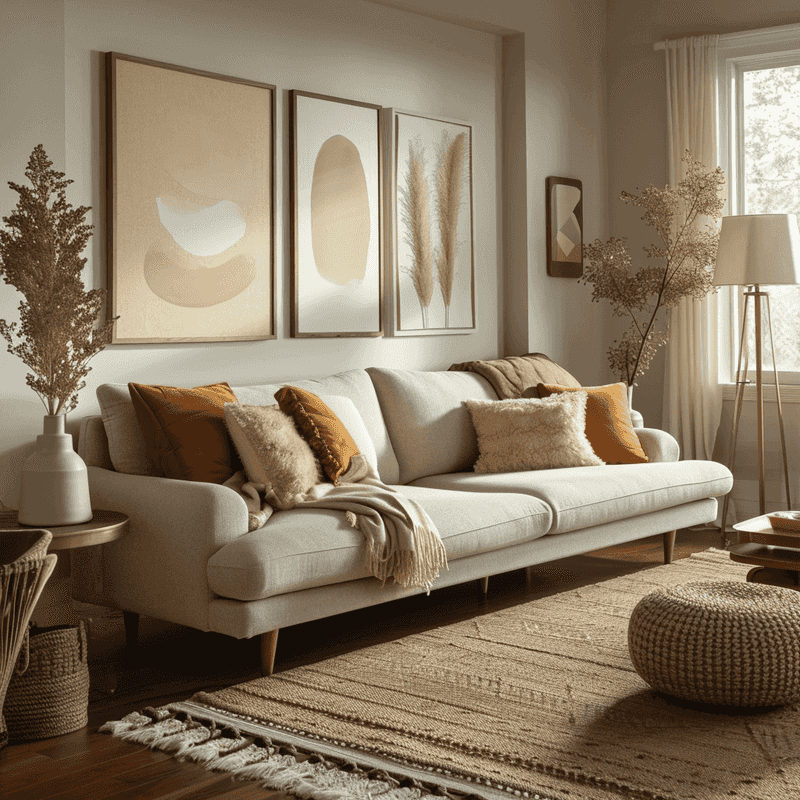
While choosing a couch color, it’s beneficial to incorporate trending hues as accents rather than as the main color. Neutral couches offer a timeless base that can be enlivened with fashionable pillows or throws. Designers recommend this approach to keep your space current without frequent, costly updates. By focusing on temporary accents, you can enjoy evolving trends while maintaining a cohesive and sophisticated look. This strategy offers flexibility and ensures your decor remains fresh and engaging.
9. Use Color Psychology
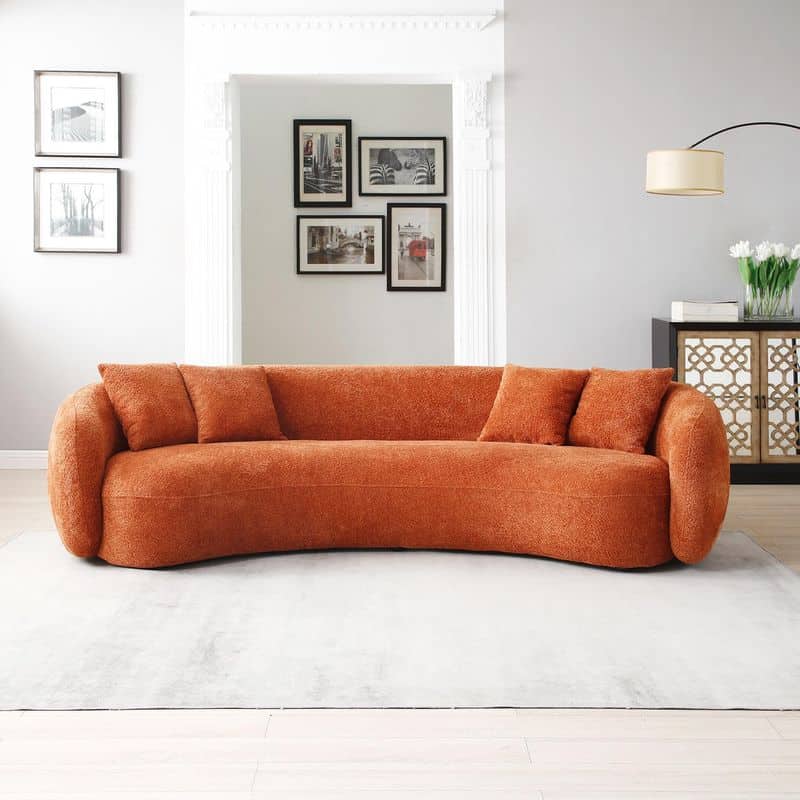
Color psychology can guide your choice by considering the mood you wish to evoke. Blues and greens often create calming environments, ideal for relaxation areas. In contrast, vibrant colors like red or orange can energize and stimulate social interaction. Designers suggest aligning couch colors with the room’s intended function. This thoughtful selection enhances both aesthetic appeal and emotional well-being, creating a space that feels both functional and inviting. By understanding the psychological impact, you can choose a couch color that best suits your lifestyle.
10. Create a Focal Point
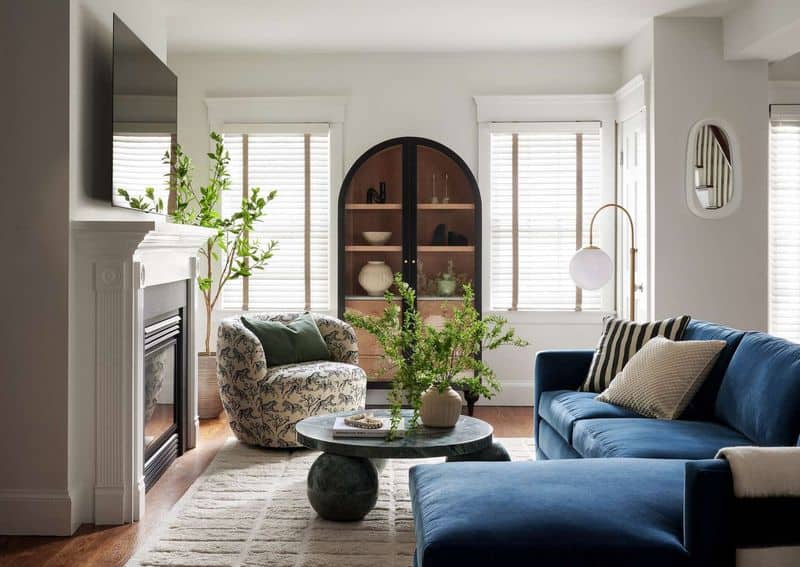
A bold couch color can serve as a striking focal point in a room, drawing attention and setting the tone for other design elements. Designers often use this technique to introduce character and drama. When the rest of the decor is subdued, a vibrant couch can become the star, making a statement without overwhelming the space. This approach allows for creative expression and individuality, ensuring your living area reflects your unique style. By creating a visual centerpiece, the couch becomes a key element of room design.
11. Complement with Textures
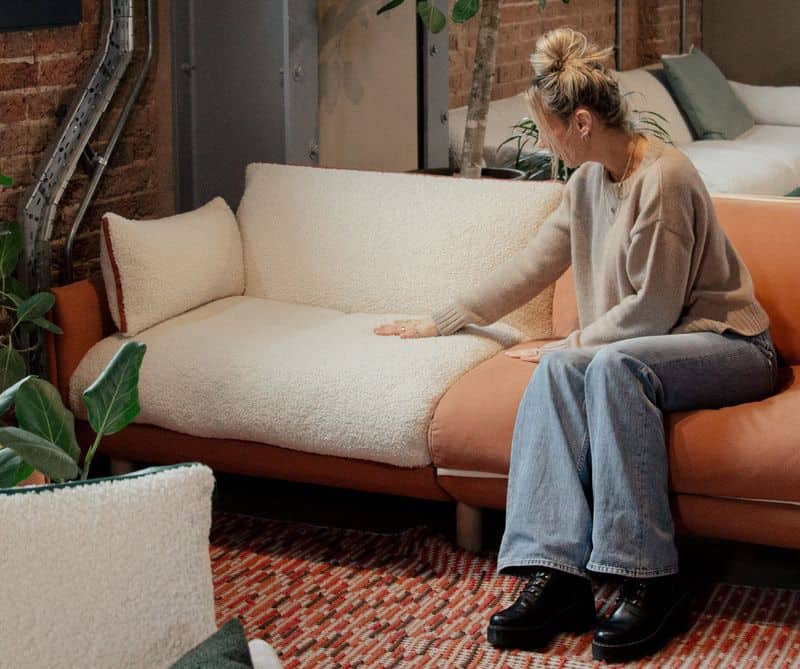
Texture plays a crucial role in enhancing couch colors and adding depth to a space. A textured couch fabric can introduce visual interest and complement the room’s decor. Designers suggest mixing materials like velvet or linen with smooth or shiny surfaces to create contrast. This blend not only elevates the room’s aesthetic but also enriches the couch’s appearance. By incorporating varied textures, your couch becomes part of a dynamic and engaging setting, offering a tactile dimension to color choice that enhances overall design.
12. Coordinate with Flooring
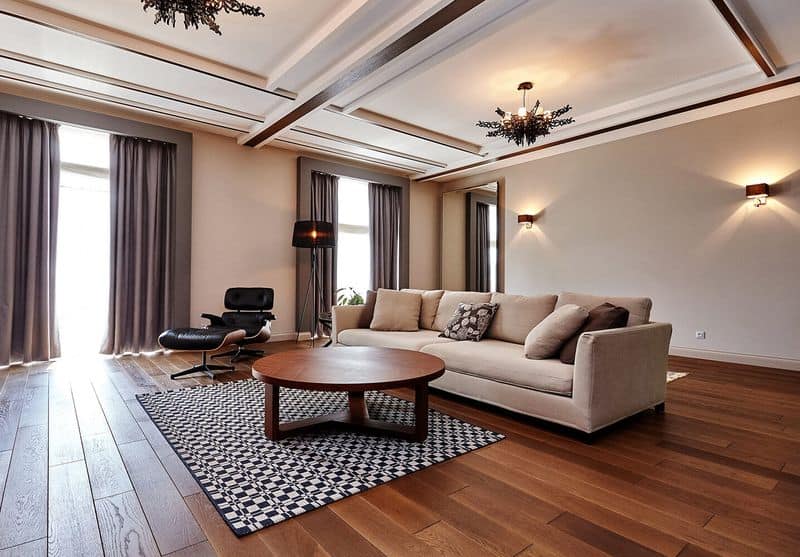
The color of your flooring is an essential consideration when choosing a couch color. Harmonizing these elements creates a balanced and cohesive look. For instance, a light-colored couch can brighten dark wood floors, while a darker couch can ground lighter floors. Designers advise examining the undertones in both flooring and couch fabrics to ensure they align or contrast effectively. This coordination contributes to a harmonious atmosphere, enhancing the visual appeal and flow of the room. The right combination can unify the space, making it more inviting and stylish.
13. Adapt to Room Size
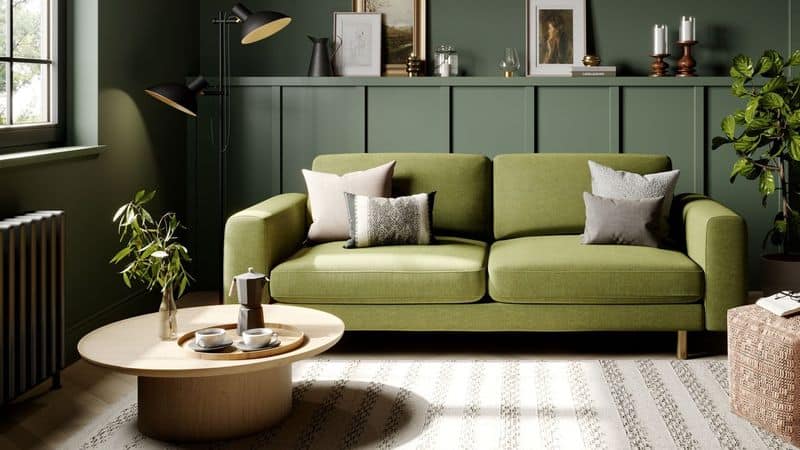
Room size influences how couch colors impact the overall space. In smaller rooms, light colors can create an illusion of space, making the area feel more open and airy. Conversely, larger spaces can handle darker colors without feeling confined. Designers suggest using lighter shades in compact areas to maximize the sense of openness. This strategic choice ensures your living room feels comfortable and proportional, aligning the couch color with the room’s dimensions effectively. Your space remains inviting and well-proportioned, regardless of size.
14. Incorporate Nature’s Palette
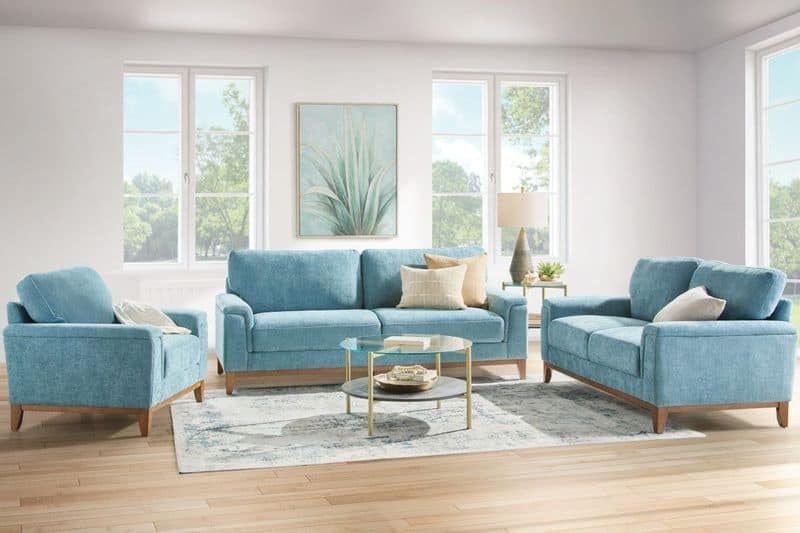
Drawing inspiration from nature often results in harmonious and calming color schemes. Earthy tones such as greens, browns, and soft blues can create a soothing, organic atmosphere. Designers frequently recommend these palettes for their timeless and versatile qualities. By emulating nature’s hues, your living space can feel tranquil and balanced. This approach not only enhances aesthetic appeal but also fosters a connection to the natural world, providing a serene and inviting environment that exudes comfort and elegance.
15. Blend with Art Pieces
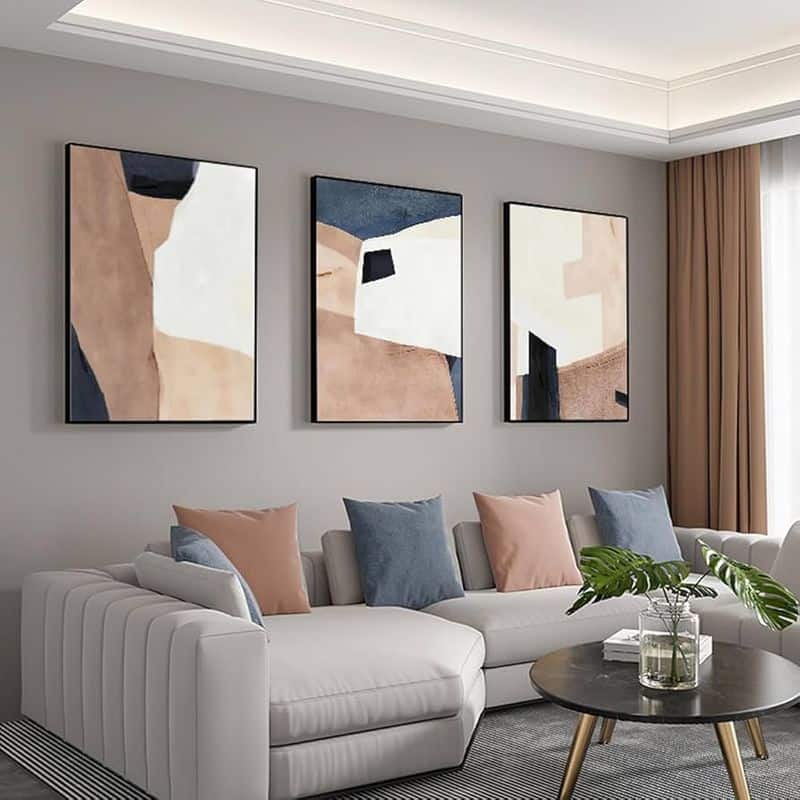
Art pieces can greatly influence the choice of couch color, creating a cohesive and artistic space. Designers often use art as a starting point, selecting colors that echo or complement the artwork in the room. This strategy unifies the visual elements, enhancing both the art and the furniture. Whether through subtle undertones or bold echoes, this alignment ensures your living space feels curated and sophisticated. By integrating your couch with art, you add depth and character to your home, crafting a unique and personal ambiance.
16. Choose Versatile Neutrals
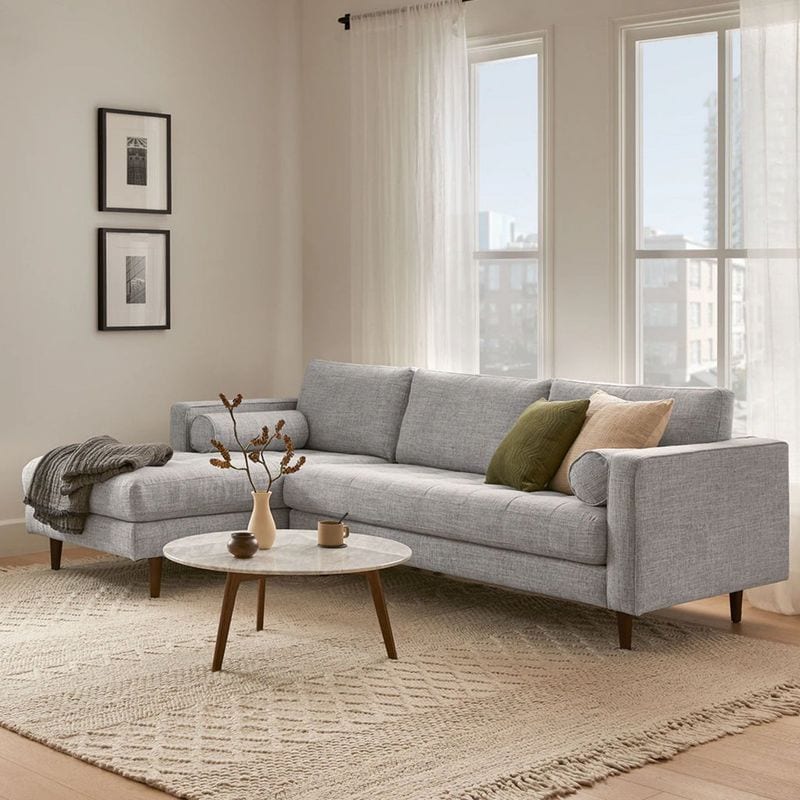
Neutrals are a popular choice for couches due to their versatility and timeless appeal. Shades like beige, gray, and cream can seamlessly integrate with different styles and color schemes. Designers appreciate neutrals for their ability to adapt to changing decor trends, providing a stable base for decorative accents. A neutral couch can be easily updated with different pillows or throws, offering a fresh look with minimal effort. This adaptability ensures your furniture remains relevant and stylish, accommodating personal taste and seasonal changes.
17. Highlight Architectural Features
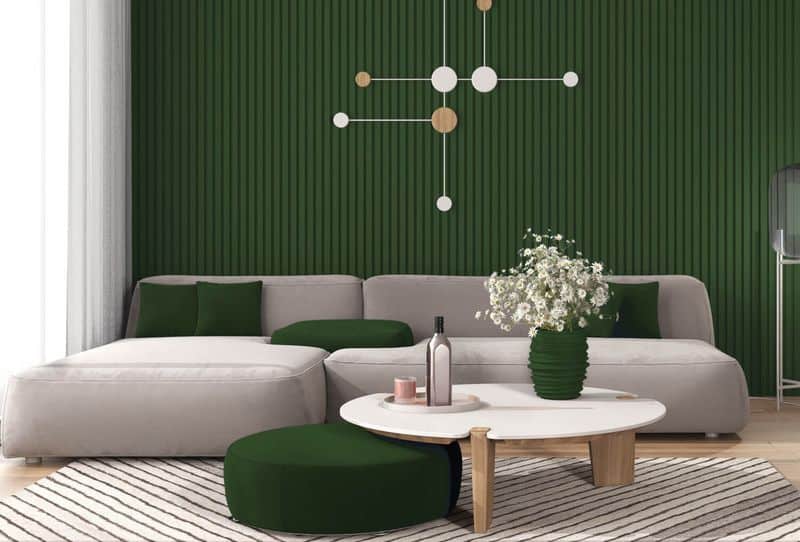
A well-chosen couch color can enhance the architectural elements of your home. By aligning the couch with features like exposed beams or intricate moldings, you can highlight these details effectively. Designers often use this technique to draw attention to a room’s unique characteristics, creating a cohesive and visually appealing environment. This thoughtful integration not only emphasizes architectural beauty but also showcases the couch as an integral part of the design. It ensures that both couch and architecture work together harmoniously, enhancing the room’s overall appeal.
18. Opt for Monochromatic Schemes
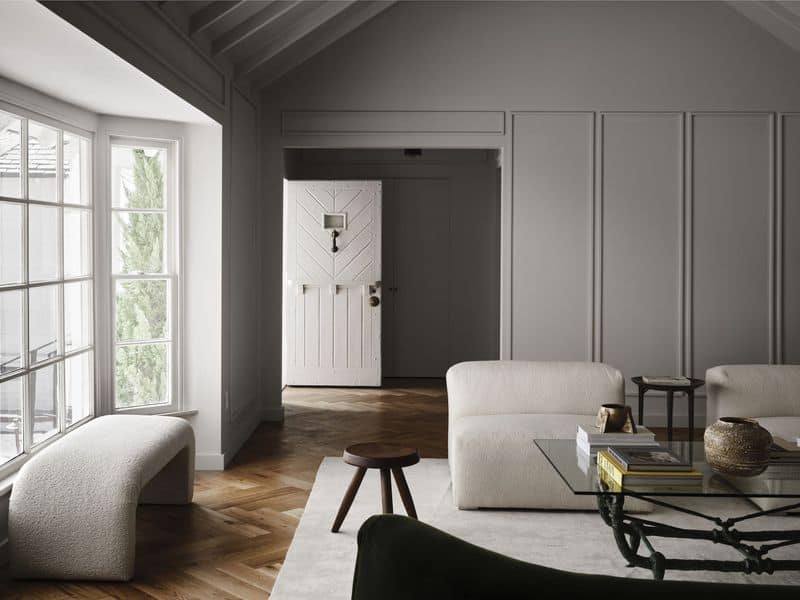
A monochromatic color scheme can deliver a clean and sophisticated look. By selecting a couch color within the same hue range as the walls and decor, you create a seamless and elegant space. Designers often employ this strategy to enhance simplicity and cohesion, focusing on texture and form to add interest. This approach allows for subtle elegance, ensuring your living area feels unified and stylish. By adhering to a monochromatic palette, the couch becomes part of a harmonious whole, contributing to a refined and polished setting.
19. Consider Long-Term Trends
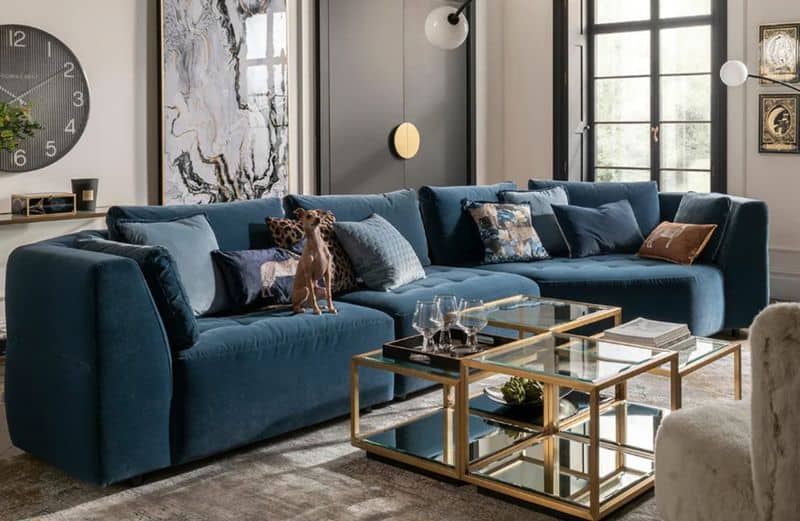
While it’s tempting to follow the latest trends, choosing a timeless color can ensure longevity and satisfaction. Designers often suggest colors like navy, charcoal, or tan that transcend fleeting styles. These shades offer enduring appeal, resisting the ebb and flow of changing fads. By selecting a couch color with lasting relevance, you invest in a piece that remains stylish and functional. This foresight prevents the need for frequent updates, providing a foundation that can evolve with your taste and decor over time.
20. Enhance with Patterns
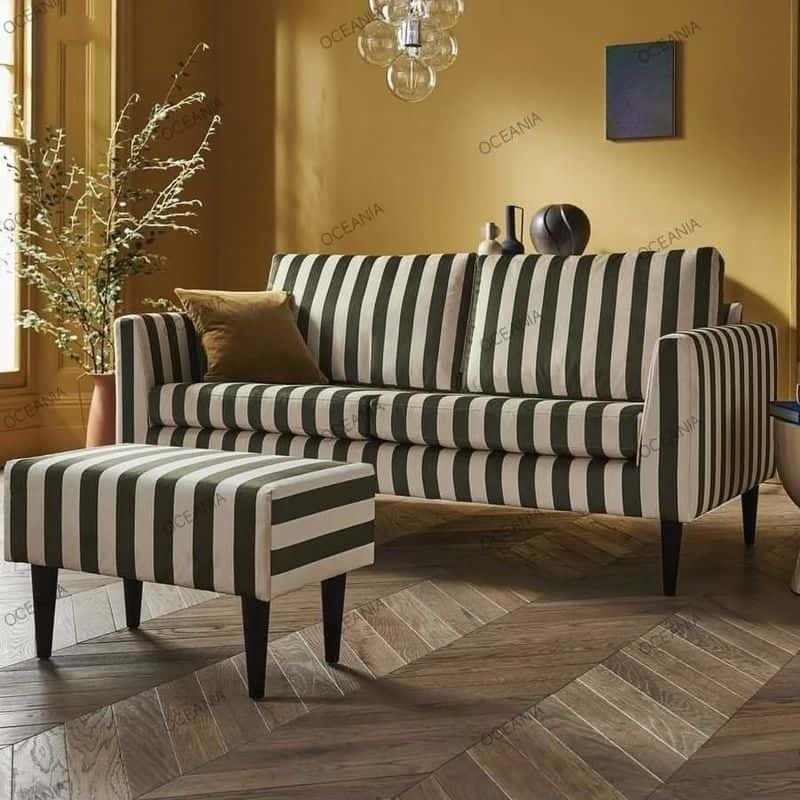
Patterns can introduce an element of fun and personality to your living space. A patterned couch offers a unique focal point, allowing for creativity in decor. Designers often recommend balancing patterns with solid colors in other elements to avoid overwhelming the room. This mix ensures a vibrant yet harmonious environment, reflecting a dynamic and engaging style. By incorporating patterns thoughtfully, your couch becomes a statement piece that showcases individuality and flair, contributing to a warm and inviting atmosphere.
21. Align with Cultural Influences
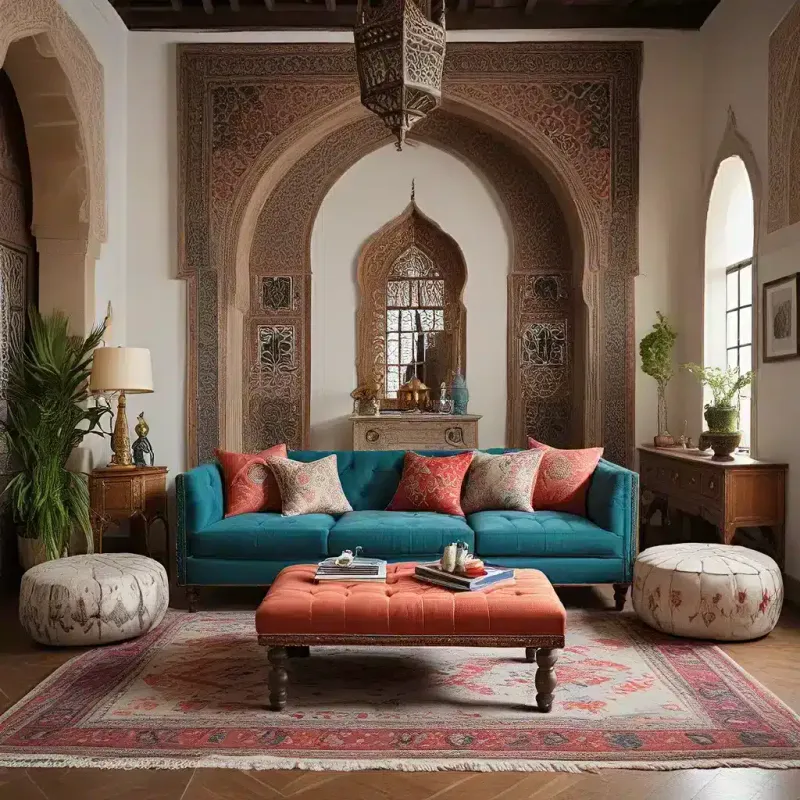
Cultural influences can inspire your choice of couch color, infusing your space with rich traditions and stories. Whether drawn from global patterns or local artistry, these colors add depth and meaning. Designers suggest using cultural references to connect personal heritage with modern design, creating a unique and personalized ambiance. This approach not only enriches your living space but also celebrates cultural diversity and history. By aligning your couch with cultural elements, you create a home that resonates with identity and artistic expression.
22. Incorporate Metallic Accents
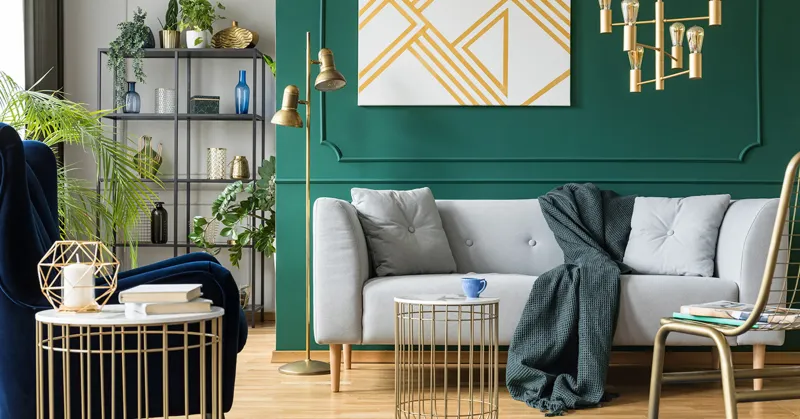
Metallic accents can elevate the sophistication and glamour of your living space. A couch in a neutral color can be dramatically enhanced with metallic cushions or throws, adding a touch of luxury. Designers often use this strategy to introduce elegance without overwhelming the decor. By focusing on subtle metallic touches, you can achieve a refined and stylish aesthetic. This integration allows for a contemporary and chic environment, where the couch becomes a platform for showcasing luxury and design excellence.
23. Consider Environmental Impact
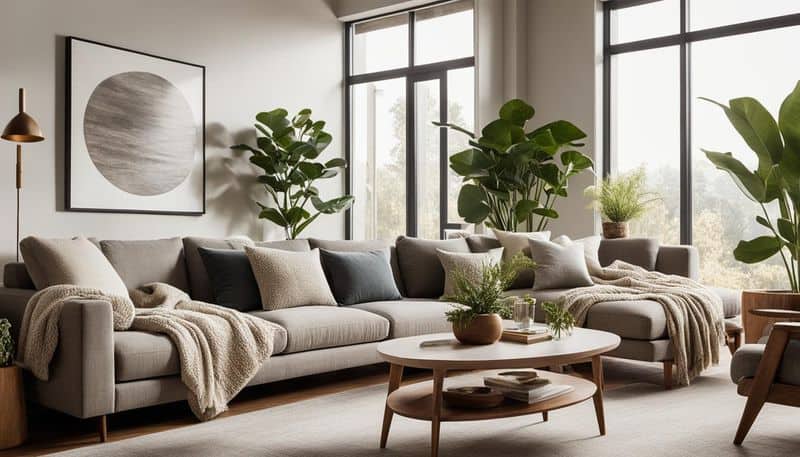
Sustainability can play a significant role in choosing a couch color and material. Eco-friendly options often feature natural dyes and fabrics, aligning with environmental consciousness. Designers recommend considering the ecological impact of your choices, selecting colors and materials that support sustainable practices. This decision not only benefits the planet but also reflects a commitment to responsible living. By prioritizing sustainability, your couch becomes a symbol of conscientious design, enhancing your home’s ethical and aesthetic appeal.
24. Create Contrast with Accessories
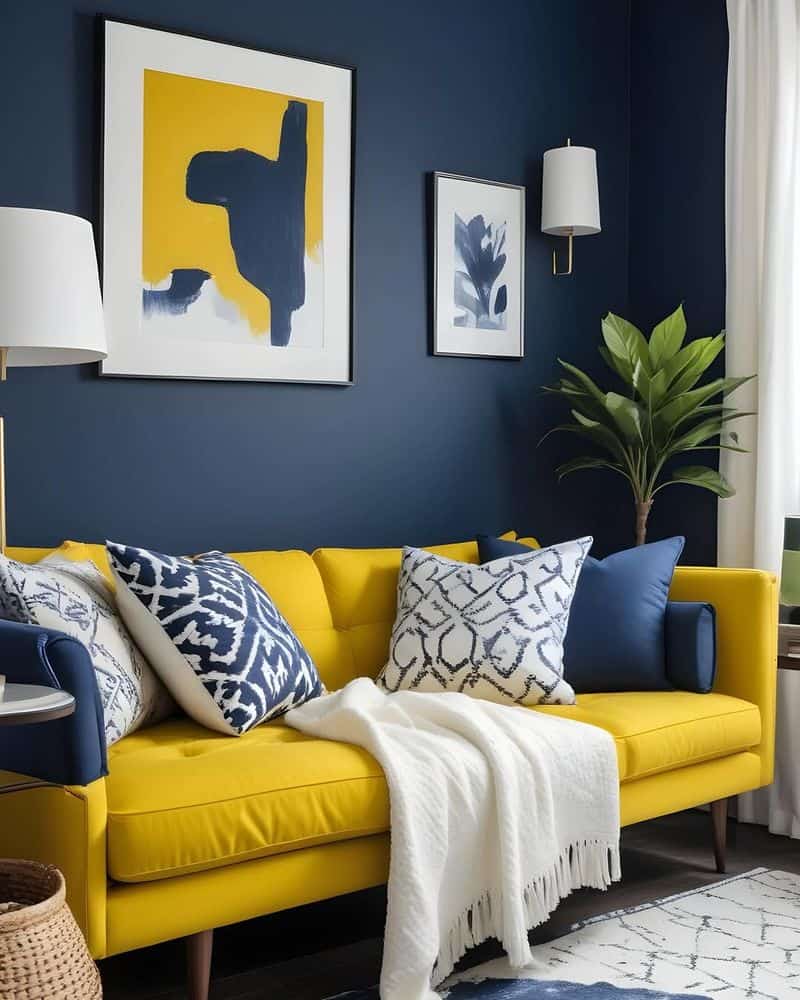
A neutral couch provides the perfect canvas for experimenting with colorful accessories. Designers often use this approach to introduce bold elements without committing to a single color. By using pillows, throws, and rugs in contrasting shades, you can create a dynamic and personalized space. This strategy allows for easy updates and seasonal changes, ensuring your living room remains fresh and engaging. By focusing on accessories, you maintain flexibility while enjoying a vibrant and stylish environment.
25. Balance Bold and Subtle
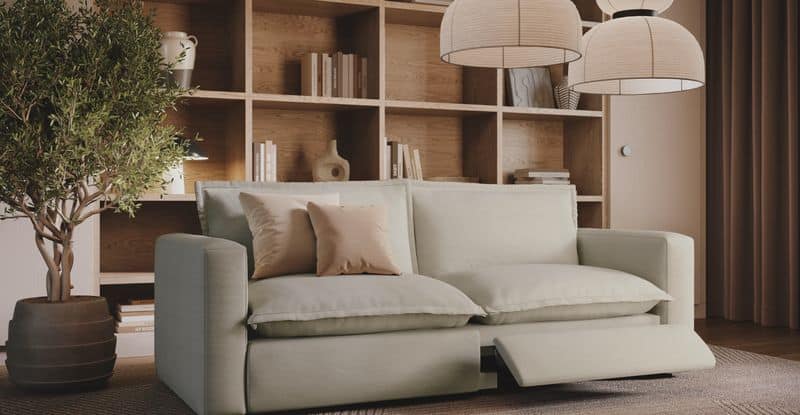
Balancing boldness with subtlety is key to a harmonious design. Designers often suggest selecting a couch that stands out while ensuring the rest of the decor complements rather than competes. This balance can be achieved by choosing a vibrant couch color paired with understated elements like soft textiles or neutral walls. This technique ensures the room feels dynamic yet coherent, offering both visual interest and relaxation. By achieving this equilibrium, your living space becomes a testament to thoughtful design and personal style.
26. Echo Outdoor Views
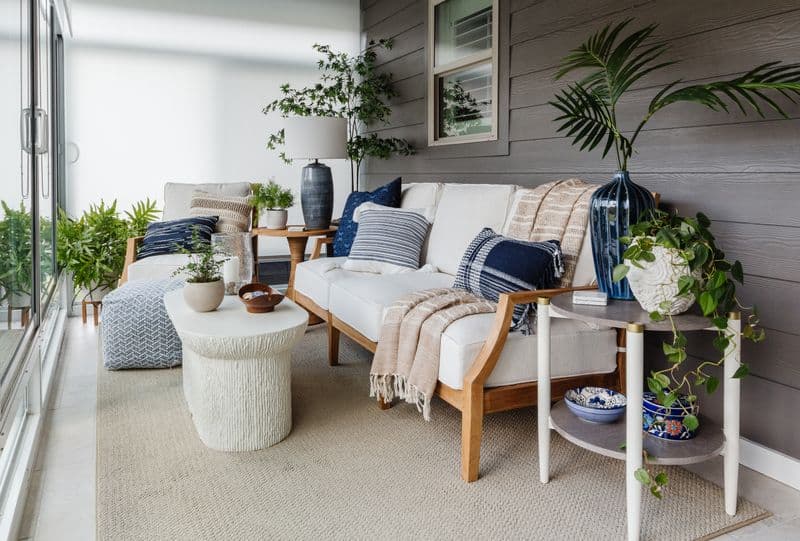
If your living room features impressive outdoor views, consider echoing these natural colors in your couch selection. Designers often use this technique to create a seamless transition between indoor and outdoor spaces. By mirroring the colors of foliage, sky, or water, you enhance the connection to nature and extend the beauty of the outdoors into your home. This approach not only enriches the aesthetic appeal but also brings a calming and cohesive atmosphere, promoting a sense of harmony and wellbeing.
27. Opt for Bold Solids
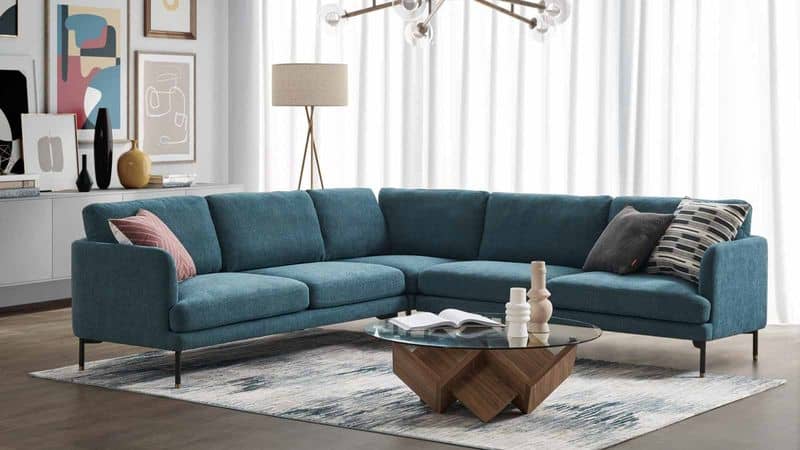
A solid color couch can make a bold statement, offering a clean and contemporary look. Designers often recommend choosing a strong color to anchor the room, allowing for simplicity and elegance. Bold solids can be paired with neutral or textured elements to create a balanced and sophisticated environment. This choice ensures your couch serves as the focal point, providing both style and comfort. By opting for a bold solid, you create a timeless and impactful design, showcasing confidence and flair.
28. Experiment with Shades
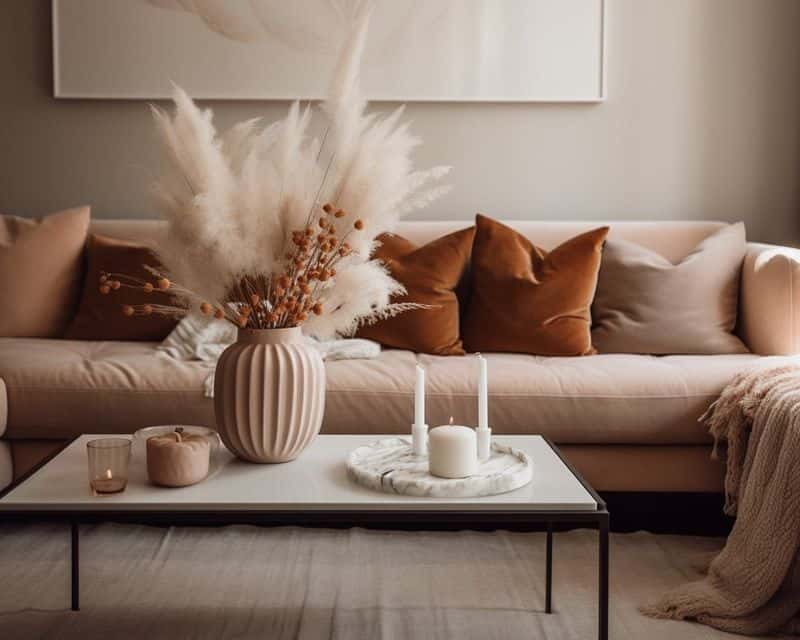
Exploring different shades within the same color family can add depth and interest to your living space. Designers often use this technique to create a layered and nuanced look. By selecting a main couch color and incorporating varying shades in other elements, such as pillows or rugs, you achieve a harmonious yet dynamic setting. This strategy allows for creativity while maintaining cohesion, ensuring your space feels both lively and balanced. By experimenting with shades, you enhance the visual impact without losing unity.

